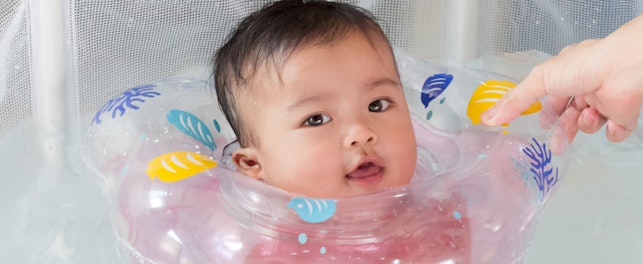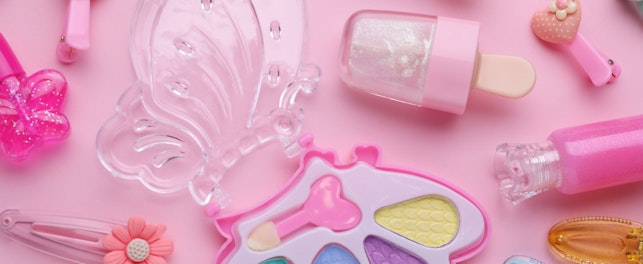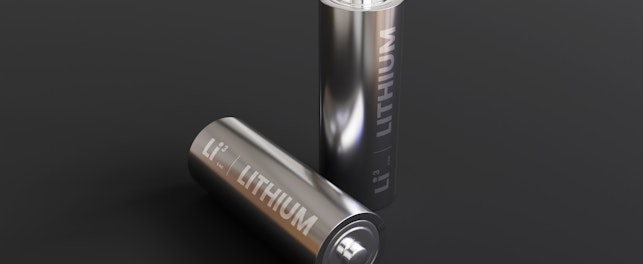Turkey is aligning its Regulation on food contact plastics with those from the European Union. The new laws will become effective on December 31, 2020.
In 2018, Turkey published its Food Contact Materials and Articles Regulation under Number 30382 of April 5, 2018. This framework legislation established 17 categories of food contact materials and articles, and contains, inter alia, provisions for paper and boards, metals and alloys, as well as colorants/dyes for plastics.
In December 2019, Turkey published two Notifications to (essentially) align its food contact plastics with those from Regulation (EU) 10/2011 in the European Union. The two Notifications are:
- Notification No. 2019/43 under Number 30989 (Repeat) of December 25, 2019 ‘Turkish Food Codex Communication on Food Simulants used in Migration Tests for Plastic Materials and Articles Intended to Come into Contact with Food’ – repeals Notification No. 2013/35 in Number 28710 of July 17, 2013
- Notification No. 2019/44 under Number 30989 (Repeat) of December 25, 2019 ‘Turkish Food Codex Communication on Plastic Materials and Articles Intended to Come into Contact with Food’ – repeals Notification 2013/34 in Number 28710 of July 17, 2013
Under Regulation (EU) 2017/752 amending Regulation (EU) 10/2011 on food contact plastics, FCM substance No 1062 - mixture composed of 97% tetraethyl orthosilicate (TEOS) with CAS No 78-10-4 and 3% hexamethyldisilazane (HMDS) with CAS No 999-97-3, is on the Union list of authorized substances and allowed to be used in the manufacture of recycled polyethylene terephthalate (recycled PET) with certain restrictions. It is interesting to note that this substance is not on the list of permitted substances under Table 1 to Annex 1 of Turkish Notification No. 2019/44.
Both of the Notifications entered into force on December 25, 2019 – the date of their publication in the T.C. Resmi Gazete. Their provisions will become effective on December 31, 2020.
Highlights of certain provisions falling under Notification Nos. 2019/43 and 2019/44 are summarized in Table 1. Unless otherwise stated, these certain provisions are from Notification No. 2019/44 under Number 30989 (Repeat) of December 25, 2019.
| Item | Parameter | Highlight |
|---|---|---|
| 1 | Scope (Article 2) |
|
| 2 | Exemption (Article 2) |
|
| 3 | Overall Migration Limit (OML) Requirements (Article 8) | ≤ 10 mg/dm² otherwise ≤ 60 mg/kg for FCMs intended for food for infants and young children |
| 4 | Declaration of Compliance (DoC) and documentation (Article 11) |
|
| 5 | List of authorized substances (Annex 1, Table 1) | Contains more than 1,000 entries |
| 6 | Specific Migration Limit (SML) Requirements (Annex 1, Table 1) | Representative examples:
* additional requirements for these phthalates when used as a technical support agent |
| 7 | SML Requirements (Annex 2) | Heavy Metals: ≤ 1 mg/kg (aluminum, Al) |
| 8 | Food simulants (Annex 1 to Notification No. 2019/43) under Number 30909 (Repeat) of December 25, 2019 |
|
| Effective Date: December 31, 2020 | ||
Table 1
SGS technical experts have extensive knowledge and testing experience in materials and articles in contact with food. They work to ensure that your products meet the appropriate regulations for food contact materials and pave the way for compliance. From overall migration test to expert advices on emerging regulations and compliance issues and documentation review, SGS is the partner to trust. Please do not hesitate to contact us for further information or visit our website.
For enquiries, please contact:
Hingwo Tsang
Global Information and Innovation Manager
Tel:(+852) 2774 7420
Yeşim Demir Katipoğlu
HL Sales Team Leader
Tel: +90 212 368 40 00 (Ext 4205)
© SGS Group Management SA - 2020 - All rights reserved - SGS is a registered trademark of SGS Group Management SA. This is a publication of SGS, except for 3rd parties’ contents submitted or licensed for use by SGS. SGS neither endorses nor disapproves said 3rd parties contents. This publication is intended to provide technical information and shall not be considered an exhaustive treatment of any subject treated. It is strictly educational and does not replace any legal requirements or applicable regulations. It is not intended to constitute consulting or professional advice. The information contained herein is provided “as is” and SGS does not warrant that it will be error-free or will meet any particular criteria of performance or quality. Do not quote or refer any information herein without SGS’ prior written consent.



